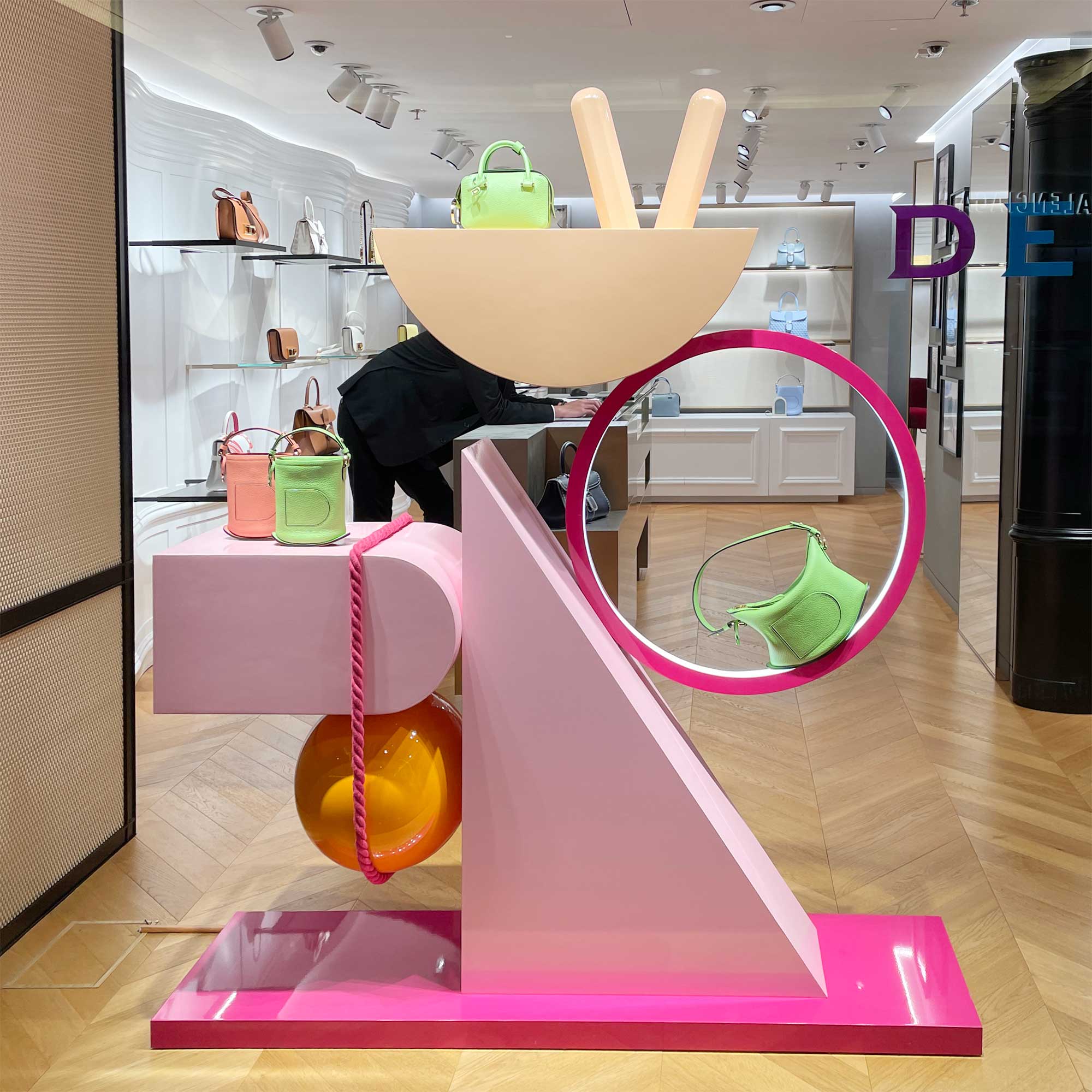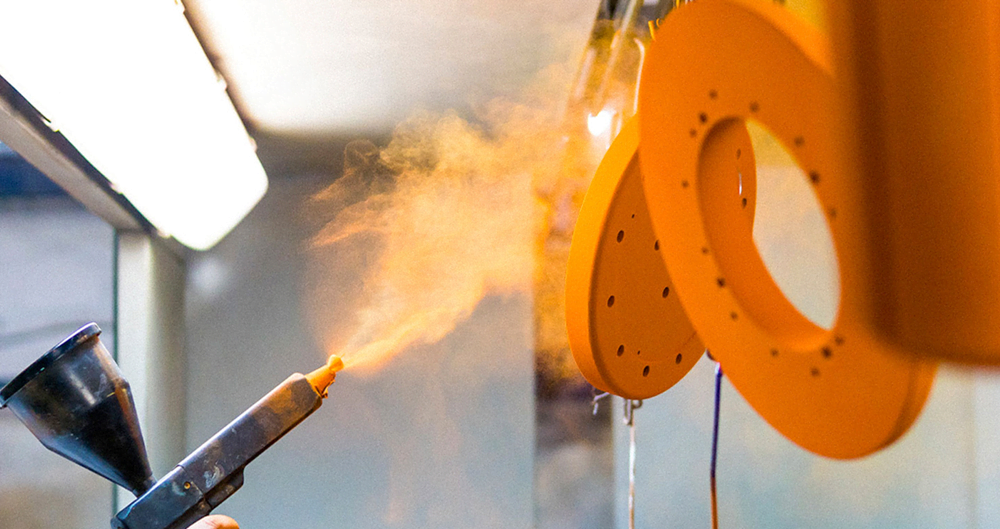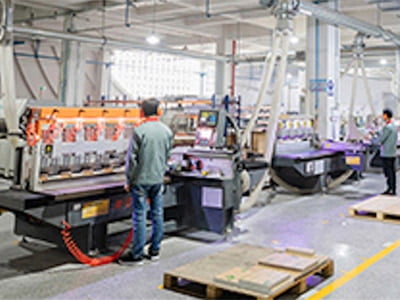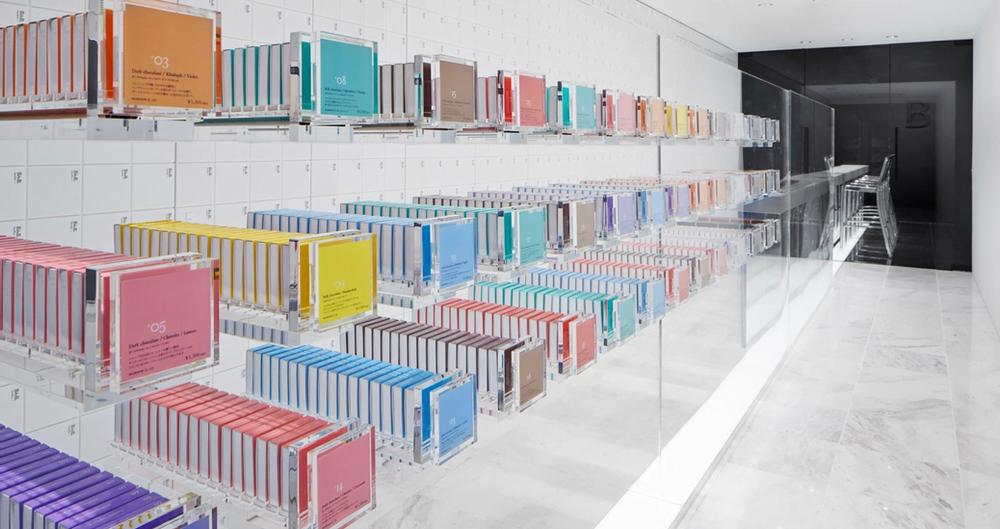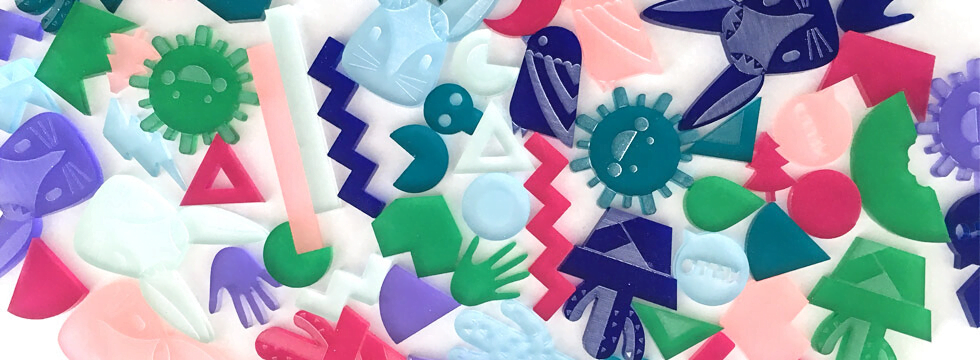Retail display fixtures shouldn’t be single-use. Yet many brands still design units that are expensive to ship, hard to store, and impossible to recycle. This leads to excessive waste, rising VM costs, and growing sustainability pressure.
Table of Contents
The solution? Lifecycle-focused display design—from modular planning to material reusability and end-of-life handling. When done right, you create a fixture system that delivers ROI across campaigns, not just one.
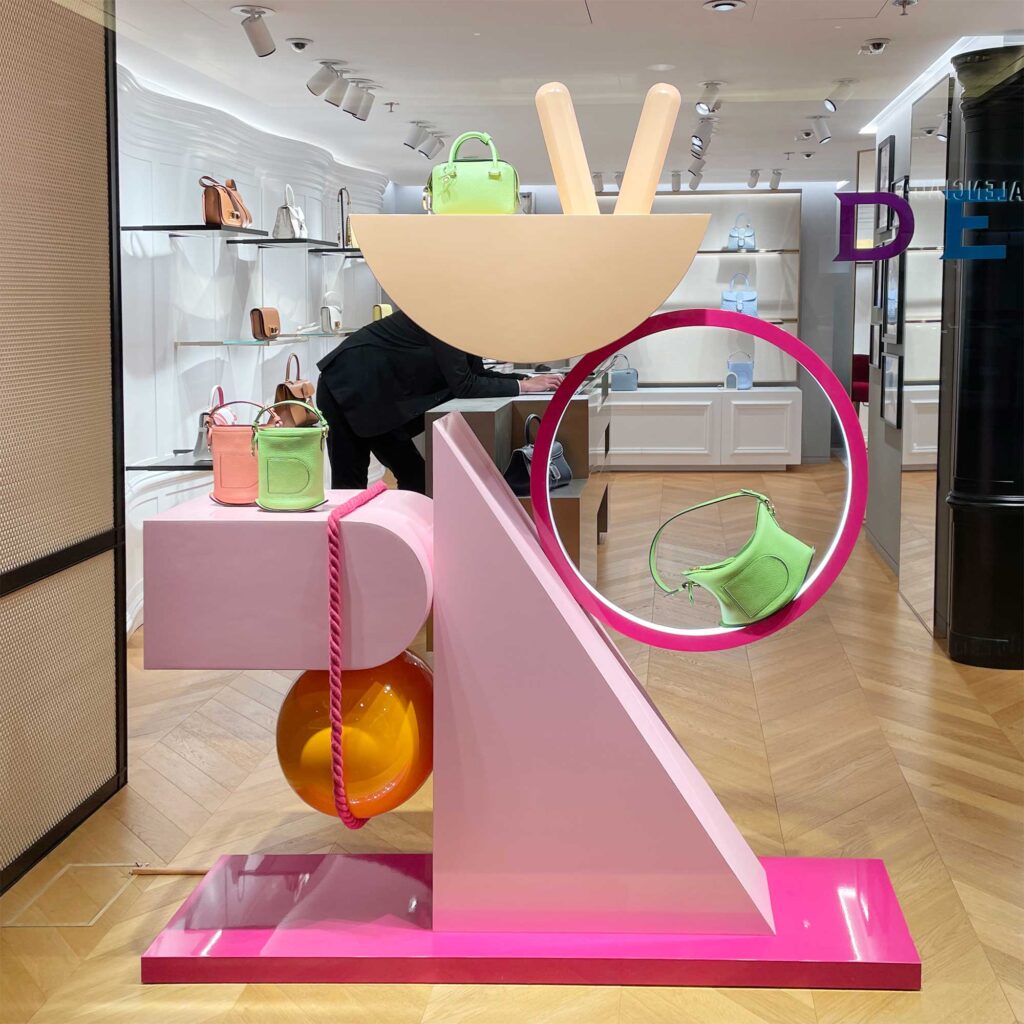
At Samtop, we help global brands engineer display systems that adapt, travel, and stay on-brand—while reducing footprint and spend.
✅ Summary for Google Featured Snippet
To build sustainable, modular retail displays that support long-term use:
- Design for reusability with tool-free joinery and modular parts
- Use recyclable or low-VOC materials like FSC MDF and PET
- Pack and store units smartly with labeled crates and nesting logic
- Enable refresh and repairs with seasonal graphic swaps and touch-up kits
- Plan end-of-life via recycling, downcycling, or reuse across teams
♻️ Your Fixture Has a Lifecycle—Not Just a Deadline
Most brands focus on visual appeal and miss the long-term value of display systems. But smart VM leaders know: reuse beats rebuild.
Keep reading to learn how to build a display system that evolves with your brand, adapts across formats, and ends responsibly.
🔁 The 4 Lifecycle Stages of a Retail Display System
| Stage | Objective |
|---|---|
| Design | Modular, reusable, repairable |
| Production | Low-waste, low-emission materials & finish |
| Reuse | Storage-ready, reassembly-friendly, regionally adaptable |
| Disposal | Marked parts, recyclable streams, zero landfill strategy |
Learn how we approach fixture sustainability →
🎨 1. Design with Longevity in Mind
- Use modular joinery (e.g. cam locks, magnets)
- Add removable graphics (Velcro/magnetic headers)
- Stick to standardized part sizes across SKUs
- Apply neutral finishes that support visual refresh
- Label parts with part codes and BOM IDs
- Store everything in nestable or foldable formats
See examples of modular VM logic here
🏭 2. Choose Sustainable Materials and Processes
| Element | Sustainable Practice |
|---|---|
| MDF | FSC-certified + water-based lacquer |
| Acrylic/PET | Recycled-content plastic |
| Finish | Powder coating or matte PET film (low VOC) |
| Packing | Flat-pack in foam-separated crates |
| Production | Batch nesting for CNC panels to minimize waste |
✅ Use materials from our low-impact display material library
🔄 3. Enable Reuse Across Campaigns
- Core + skin strategy: refresh surface, not structure
- Clip-on headers, trays, risers for seasonal updates
- Include repair kits (e.g., LEDs, screws, paint pens)
- Design foldable bodies for compact off-season storage
- Provide reuse playbooks in rollout kits
👉 Up to 80% savings in material and freight per reuse cycle
🗑️ 4. Plan for Responsible Disposal
| Material | End-of-Life |
|---|---|
| Steel/Aluminum | Recycled as scrap |
| PET Film | Recyclable where local centers exist |
| MDF/Wood | Energy recovery or downcycled |
| Vinyl Graphics | Avoid when possible—non-recyclable |
| LEDs & Drivers | Remove and treat as e-waste |
Print disposal icons or add QR code for disassembly guide to support store teams globally.
Download our material disposal best practice sheet →
🧪 Case Study: Skincare Brand Fixture Lifecycle
| Lifecycle Phase | Execution |
|---|---|
| Design | Core plinth + magnetic seasonal header |
| Production | FSC MDF + matte PET wrap + shared mold trays |
| Reuse | Used across 4 seasons via graphics only |
| Disposal | Steel base recycled, PET re-used in other props |
✅ Over 70% material waste reduction
✅ Used across Europe and Asia with <2% visual deviation
💬 FAQ
Q: Can sustainable materials still feel premium?
✅ Yes. Brushed aluminum, PET film, and stone laminate offer luxury looks with lower environmental impact.
Q: What’s the ROI of lifecycle-optimized displays?
✅ Brands often reduce fixture costs by 30–50% annually via reuse and modular planning.
Q: Should disposal be part of the spec?
✅ Definitely. Add icons, instructions, or QR-linked handling manuals to guide in-store teams.
Q: How do I train field teams to reuse fixtures?
✅ Create rollout kits with visuals, crate labeling systems, and reuse decision trees.
✅ Conclusion: Design Fixtures That Work Longer, Travel Smarter, and Waste Less
✔️ Design modular systems with tool-free joints and neutral cores
✔️ Produce with low-VOC, recyclable materials and batch optimization
✔️ Reuse components seasonally and train field teams to refresh, not toss
✔️ Plan disposal and sustainability as early as your first sketch
At Samtop, we build display ecosystems that evolve with your retail needs—from launch to re-launch to responsible retirement.
📩 Ready to Build Lifecycle-Optimized Display Systems?
We provide:
- Modular core + skin architecture
- Material lifecycle compatibility matrix
- Reuse strategy guides + packaging logic
- End-of-life marking + disposal templates
📧 Email: [email protected]
🌍 Website: www.samtop.com
